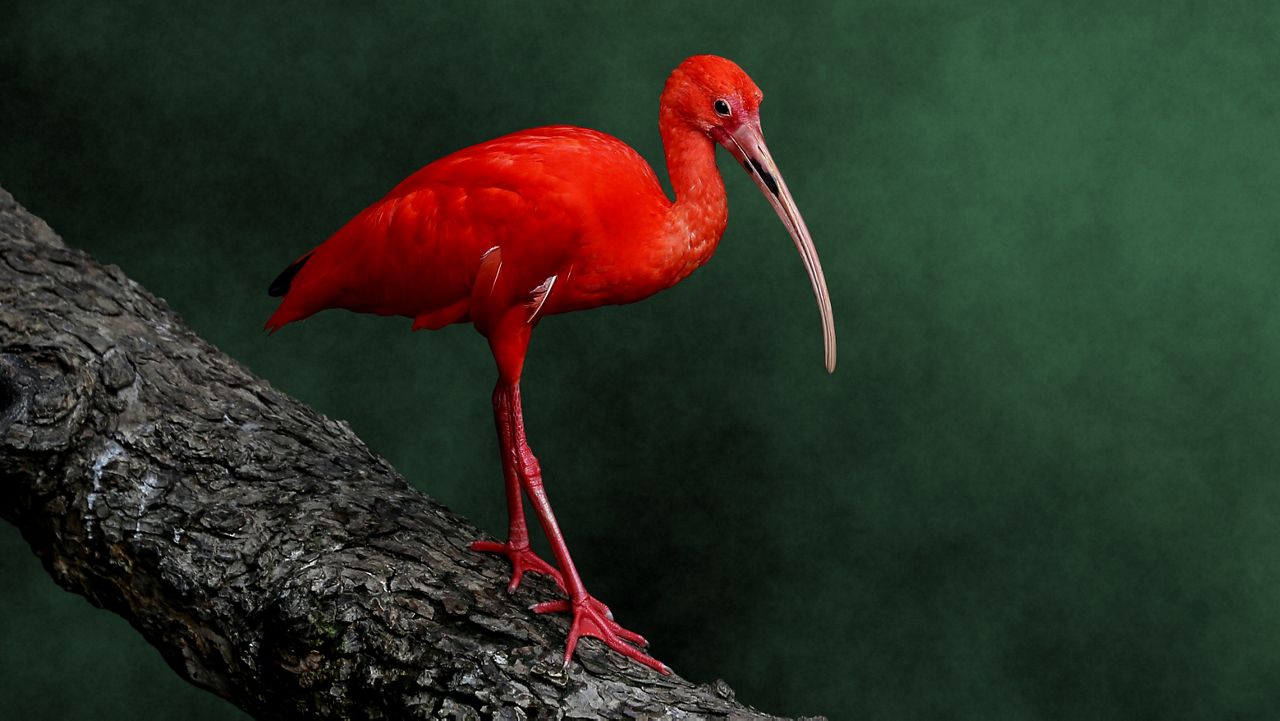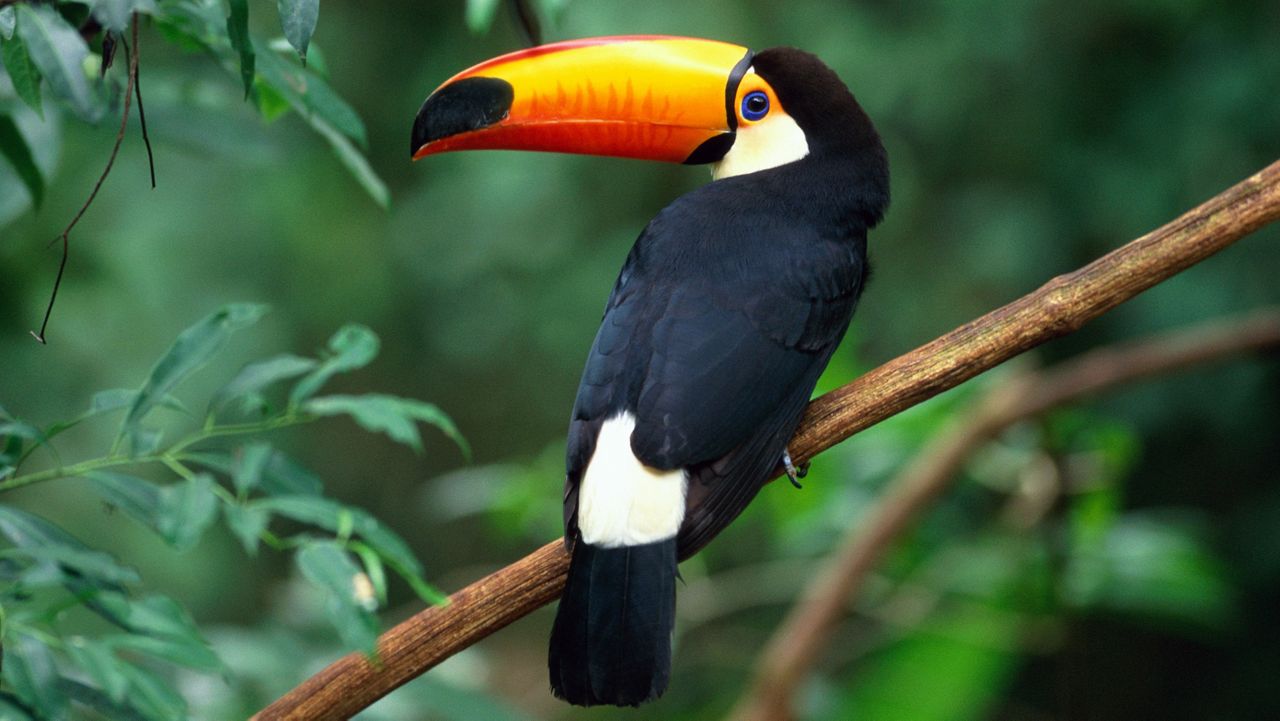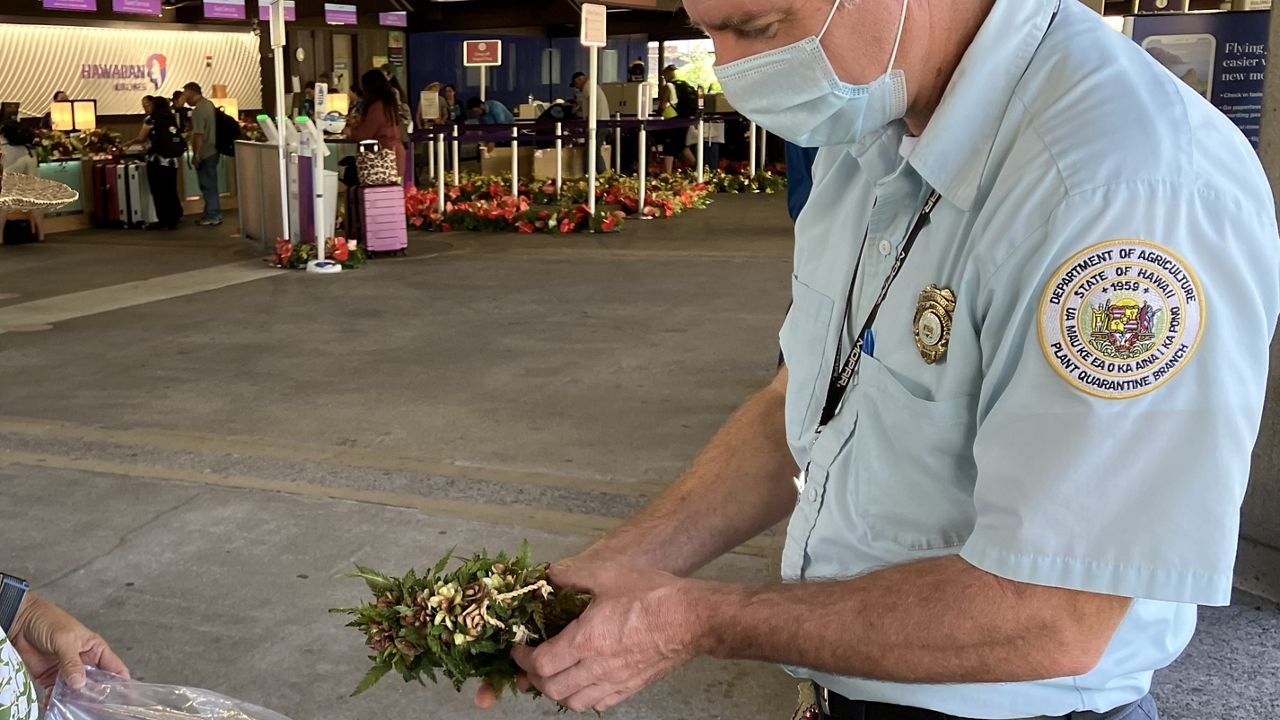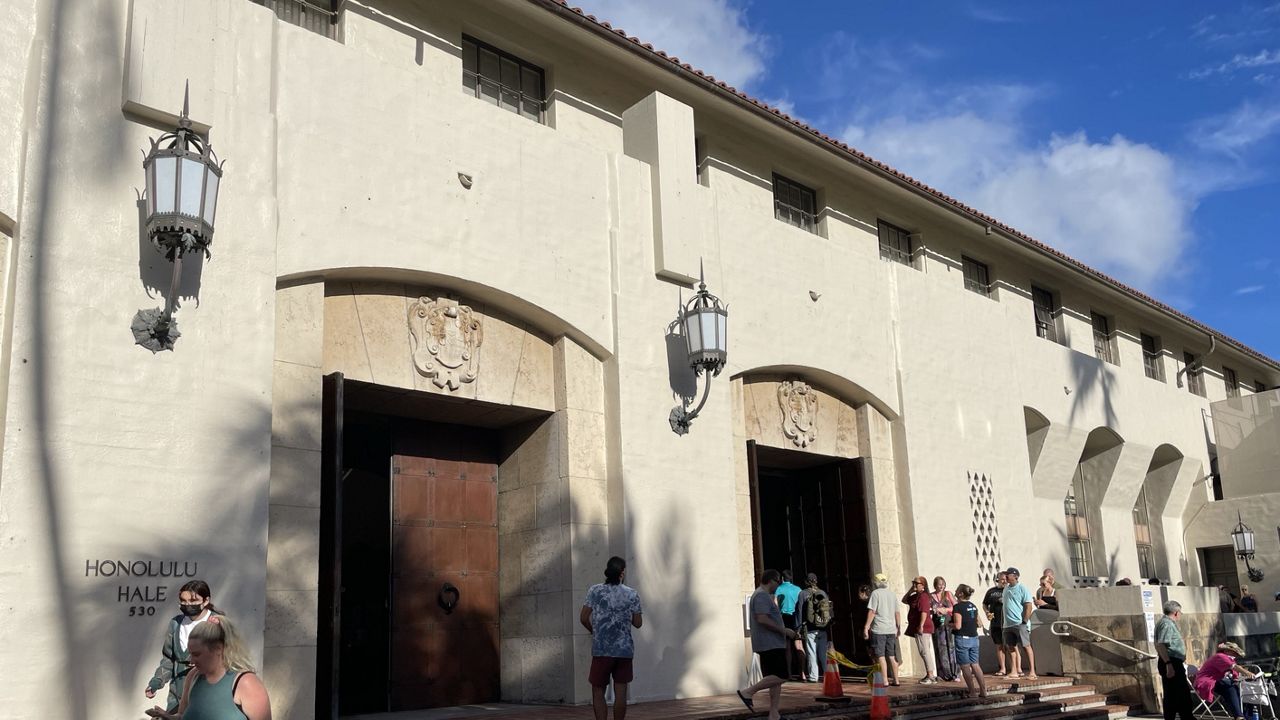The Honolulu Zoo welcomed four new vibrantly colored birds to its South American bird habitat.
On Monday, the zoo announced the arrival of one toco toucan and three scarlet ibises, who came from the Phoenix Zoo to breed with female birds at the Honolulu Zoo.
A male toco toucan named Guinness will be paired with the Honolulu Zoo’s female toucan Tutu. However, before breeding, Guinness, who is about to turn one, must reach maturity, which will happen when he is three-to-four years old.
The toucans live in a corner space at the Diamond Head end of the South American bird habitat, which is near the front entrance of the zoo.
Toco toucans, which are native to South America, are the largest species of toucans. They have a black body and white features around their throat, chest, upper tail and under tail areas. They weigh about two pounds and can grow up to 25 inches long.
Their bright-orange and yellow beaks account for nearly one-half of their total body length, but contribute to less than 3% of their weight, allowing them to fly. However, they are not that good at flying, preferring to hop from one branch to another. However, they are not that good at flying, preferring to hop from one branch to another. Their beaks are so light because they are hollow and made of keratin, like a human’s fingernails, with thin rods of bones for support. Their tongues are long and can grab food, and their bills have serrated edges, so they can peel fruit like papayas and bananas. However, the primary function of their beak is thermoregulation, which means the beak acts as a “heat sink,” distributing heat away from the bird’s body through its beak, like dogs do with their tongues. When toucans sleep, they tuck their beaks under their feathers to stay warm.
Toco toucans make their nests in tree holes and both parents care for eggs in the nest, incubating for 16 to 20 days. Once the eggs hatch, both parents continue to care for the chicks.

The three male scarlet ibises, Larry, Moe and Curly, range in age from one-to-11 years old. Larry, Moe and Curly will join another male scarlet ibises at the Honolulu Zoo.
Honolulu Zoo’s wildlife experts hope the three new birds will breed with the eight females already living in the South American bird habitat. To attract a female, male birds perform mating rituals, which include popping of their bills, shaking, head rubbing and preening. Females will lay a clutch of three-to-five eggs, which incubate for 19-to-23 days.
Scarlet ibises have a bright orange-red color with black wing tips. Their bills and feet are usually red. They primarily live in tropical South American and are medium-sized wader, about two-feet long. Scarlet ibises spend most of their time on foot wading in water, but they are also good at flying. They use their long, narrow bills to feed and probe for food. The scarlet pigmentation of their plumage comes from the high consumption of red shellfish and other foods which produce astaxanthin.
Both toco toucans and scarlet ibises have lifespans of about 20 years.









